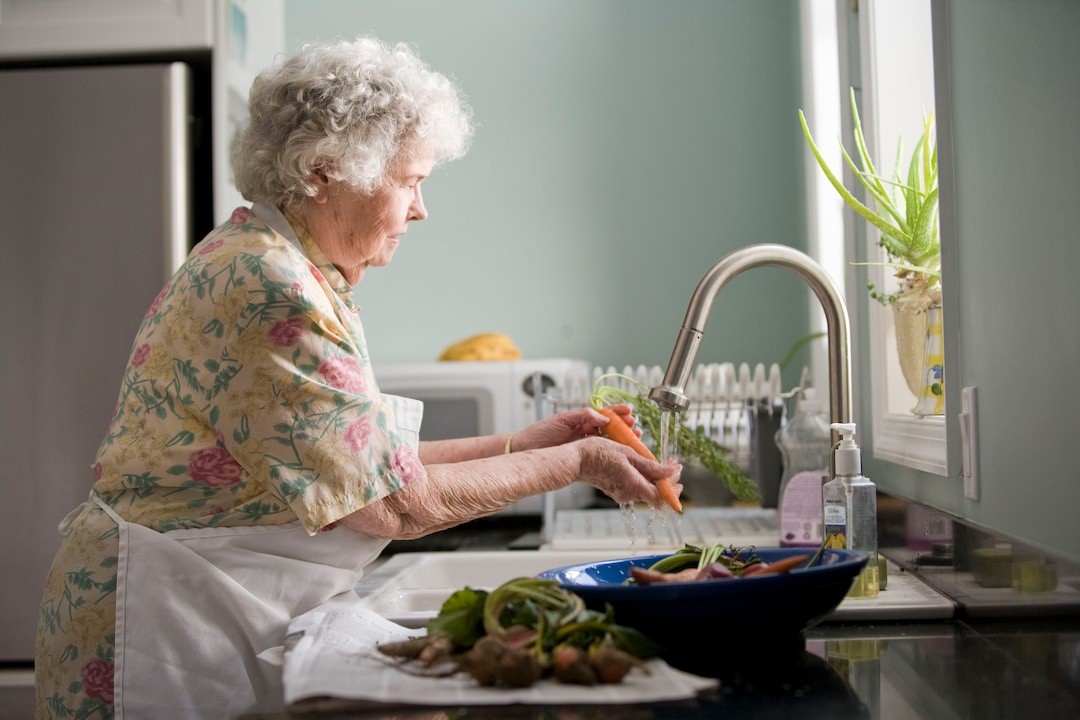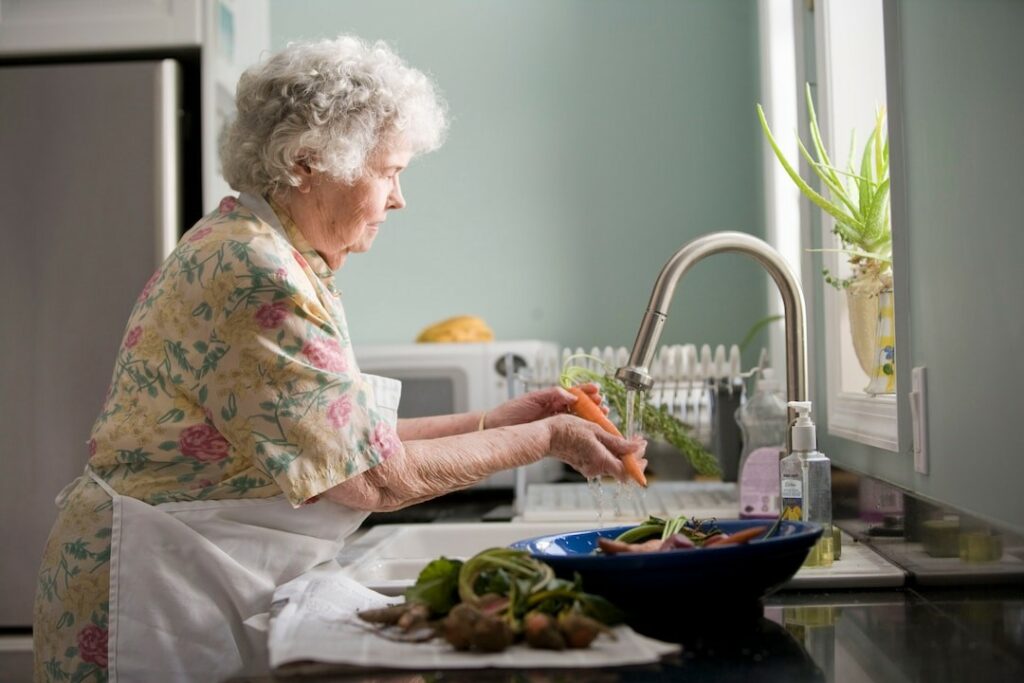Innovative Solutions for Elderly Mobility Challenges
Mobility is a critical aspect of living a full and independent life, particularly for the elderly. As individuals age, they face various mobility challenges that can significantly impact their quality of life. These challenges may stem from chronic conditions, diminished strength, or environmental barriers. Society has the responsibility to address these issues by providing innovative solutions that can assist the elderly in maintaining their independence and mobility. Below, we explore the difficulties faced by seniors and discuss various strategies and technologies designed to help overcome these obstacles.
Understanding Mobility Challenges in the Elderly Population
As people age, physical changes and health conditions often make it more difficult for them to move around safely and confidently. Muscle weakness, joint problems, and neurological conditions such as Parkinson’s disease can restrict their mobility. These changes can markedly affect their ability to perform daily tasks, leading to frustration and a decreased sense of autonomy. Mobility challenges in the elderly can also increase the risk of falls, which are a leading cause of injury and loss of independence in this population.
The psychological impact of these mobility issues can be profound. Fear of falling or becoming a burden may cause some seniors to withdraw from activities they once enjoyed, leading to social isolation and depression. It’s important to recognize that mobility isn’t merely a physical concern but one that affects mental health as well.
An often overlooked aspect of mobility challenges for the elderly is transportation. For those who no longer drive, dependency on public transportation or family can limit freedom and spontaneity. Innovative services are emerging to bridge this gap, and one such service highlighted in a GoGoGrandparent Review showcases how technology is being leveraged to connect seniors with on-demand transportation options, even for those without smartphones.
Elevating Home Safety for Enhanced Elder Mobility
One of the primary places where mobility enhancement is vital is the home. Many accidents and mobility issues can be mitigated by adapting living spaces to meet the needs of the aging population. This might involve installing grab bars in the bathroom, ensuring floors are slip-resistant, and removing any trip hazards, such as loose rugs and cords. Small changes can make significant differences in promoting independence and safety.
Improved lighting is another critical factor in elevating home safety. Eyesight often deteriorates with age, making well-lit rooms and hallways necessary to prevent accidents. Motion-sensor lights can be particularly helpful, illuminating paths automatically as an elderly individual moves through their home. This not only aids in preventing falls but also supports their ability to live autonomously.
Exercise and Physical Therapy Techniques for Sustaining Elderly Mobility
Rounding out the comprehensive approach to elder mobility is the powerful role of exercise and physical therapy. Structured physical activity helps older adults maintain muscular strength, flexibility, and balance, which are all key components of mobility. Regular exercises, whether performed individually or in group settings like senior centers, can lead to significant improvements in movement and function.
Physical therapy specifically designed for the elderly is essential, as therapists can provide specialized programs to address the unique challenges faced by each individual. Through targeted exercises and education on body mechanics, physical therapists help seniors prevent falls and injuries while promoting a more active lifestyle.
There is also a growing emphasis on preventive care in maintaining elder mobility. By incorporating low-impact activities such as tai chi, yoga, or swimming into daily routines, seniors can work on their core strength, coordination, and endurance in a safe and controlled manner. This proactive approach goes a long way toward preserving mobility for years to come.
When these components come together, they create an ecosystem in which seniors can thrive, maintain their independence, and feel empowered in their day-to-day lives. Through persistent innovation and commitment, society can continue to enhance the quality of life for its aging population.



2 thoughts on “Innovative Solutions for Elderly Mobility Challenges”